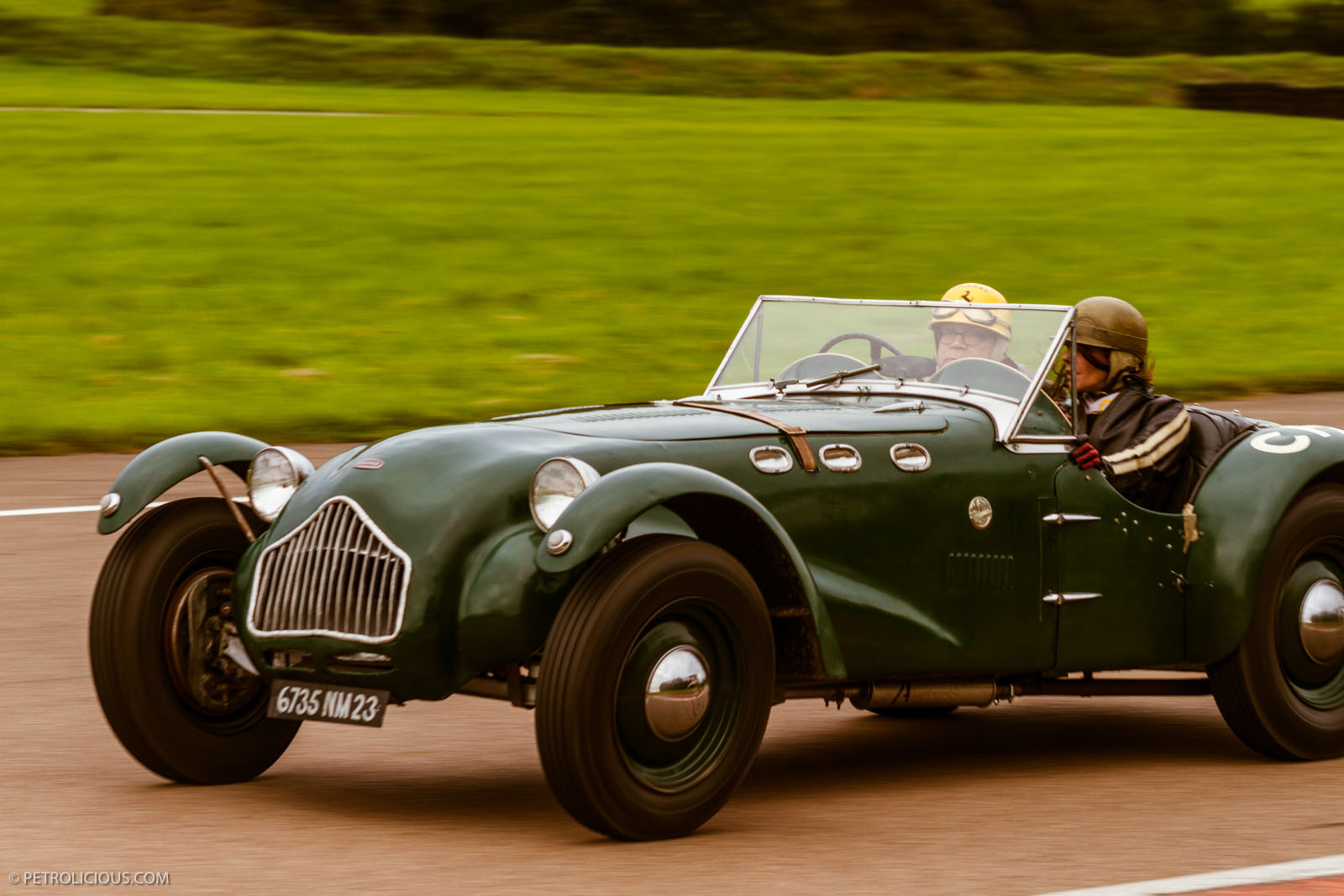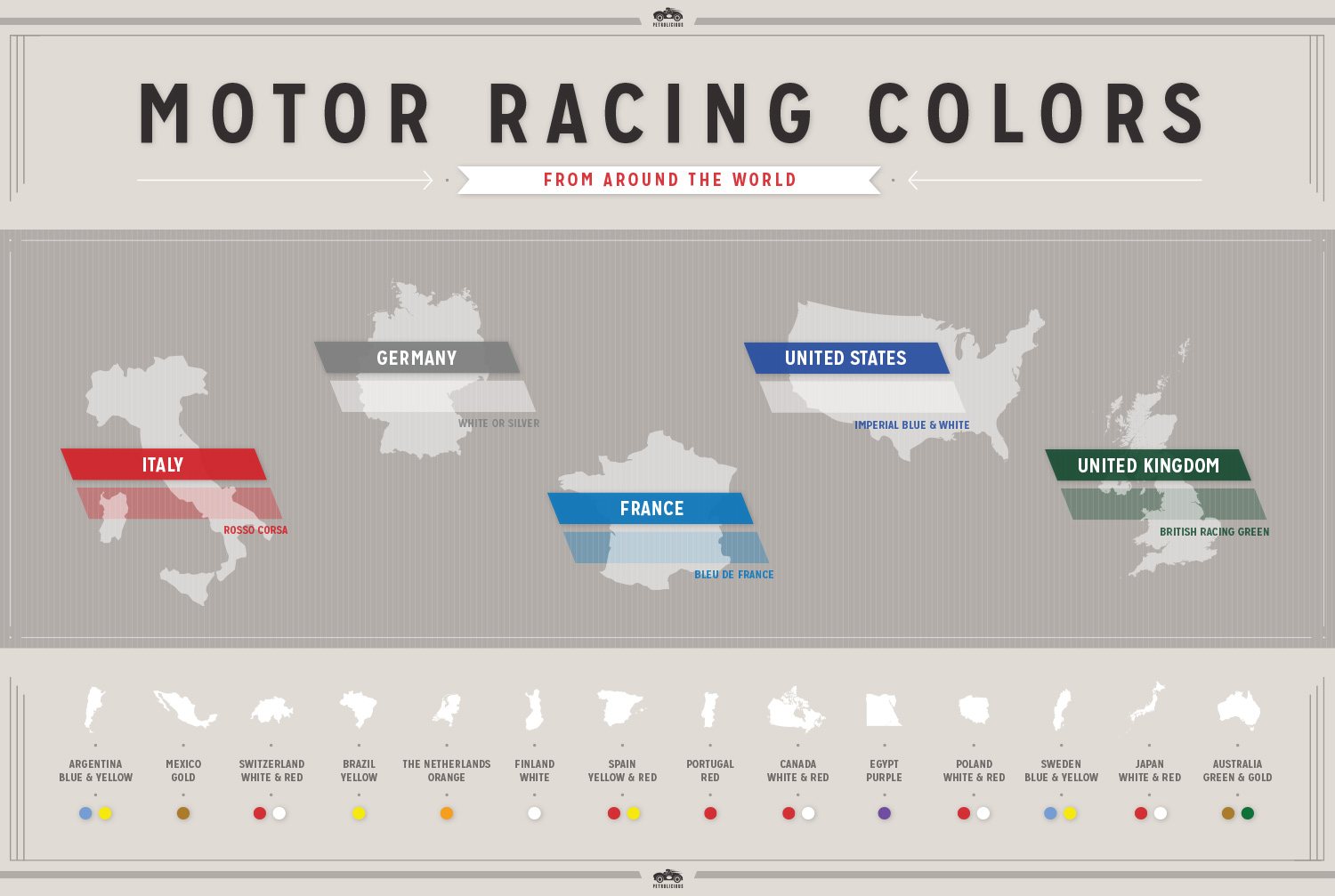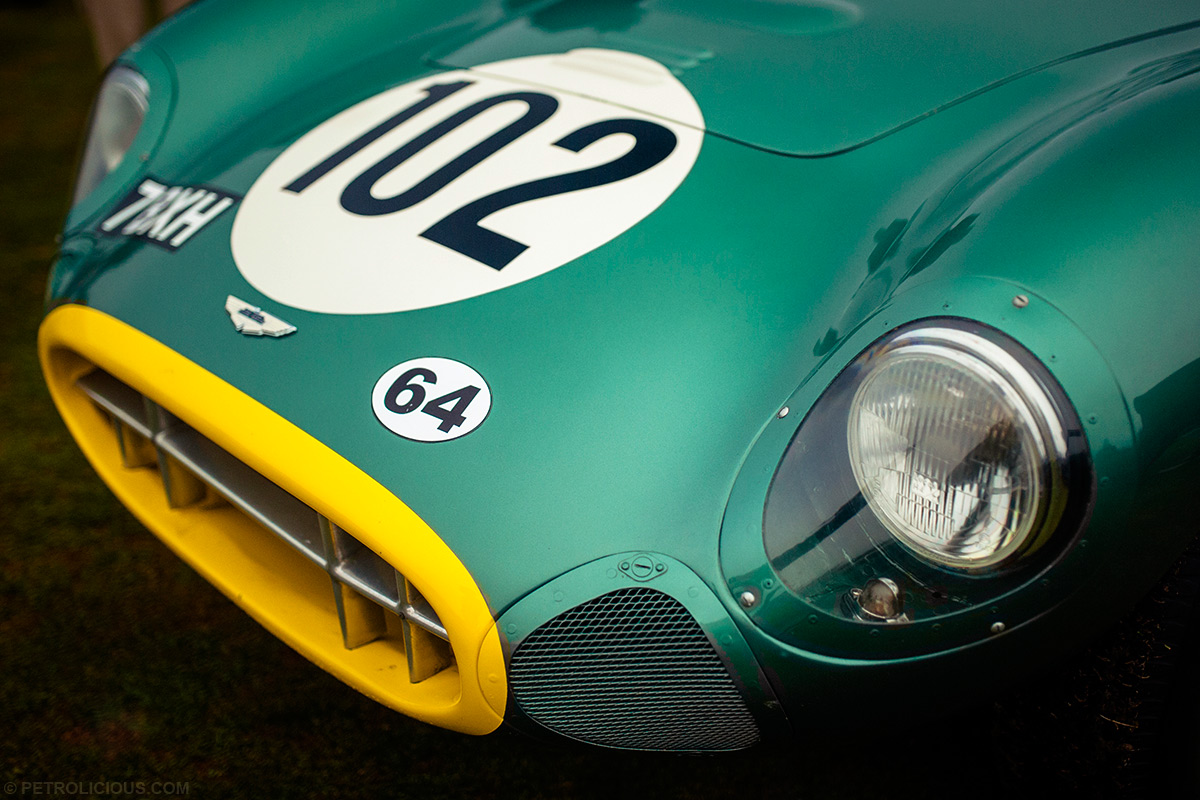






A Colorful History of Racing Hues: British Racing Green (2 of 4)
We’re taking a look at the history of racing colors over the next couple of weeks. Today we tackle UK’s British Racing Green. (Click here to read last week’s introduction.)
British Racing Green is one of the most iconic colors of the automotive world. It’s provenance goes back 110 years and has decorated countless racing icons. Unfortunately, there are a lot of misconceptions about the origin of this special emerald color. Here we will attempt to sort through the myriad stories and present to you the true origin of British Racing Green.
At the turn of the 20th century, Grand Prix racing was very different. Races were more a contest between nations than they were between drivers or factories. Wealthy American newspaper man James Gordon Bennett, Jr. organized an annual race pitting various countries against each another in a bid for automobile manufacturing supremacy.


The Gordon Bennett Cup races were city-to-city contests, with entries required to consist entirely of components manufactured in their home country. Each country was limited to three entries each, and each car was required to carry both a driver and a riding mechanic at all times. To make national identification of the participants easier, each country was required to adopt a national racing color. They were: blue for France, yellow for Belgium, white for Germany and red for Italy.
France walked away with the inaugural victory in 1900, and thus was given the honor of hosting the races for the 1901 race. British manufacturer David Napier opted to contest this second race, and entered with his own 50 hp car. Unfortunately, this particular car weighed in at a massive three tons and could not keep its British (Dunlop) tires underneath it. Selwyn F. Edge, the driver for the 1901 race, opted to fit more robust French tires and was subsequently disqualified from the Cup. Most interestingly though, this Napier wore a pale shade of olive that the factory called Napier Green. It is unclear why Napier chose green as his color of choice; most likely it was simply personal preference. Regardless, the deep green we know today had yet to become Britain’s official racing color.
With the disqualification of the heavy Napier, the first two years showcased complete domination by the French, and the other participating countries were beginning to sting at the embarrassment of being unable to challenge the Gallic successes. For the 1902 race, Napier was determined to address its failure from 1901 and developed a much lighter car weighing in at just a ton. With the car’s weight lowered dramatically, the British tires survived the strain of the race. And it wasn’t just the tires that survived – all other entrants for the 1902 race retired from the race due to mechanical problems. With the Napier alone, the Brits sailed to their first Gordon Bennett Cup victory.


Due to their victory, England was scheduled to host the 1903 event. However, the rule of the British land was that no automobile was allowed to exceed 12mph, and this decree from parliament essentially made motor racing illegal on the entire island. In a mad scramble, the British organizers switched the location of the 1903 to Ireland – a land where the local laws were “adjusted” to accommodate road racing.
A total of three Napier cars contested the 1903 race, and they were pitted against French, German and American entries. According to contemporary newspapers, the olive shade of Napier green was darkened to Shamrock Green in honor of Ireland hosting the races and this is the first public reference to a British car being painted green as a part of a national livery. While it would seem that Napier Green was the coincidental choice of a private manufacturer, what would eventually become known as British Racing Green was a tribute, ironically, to Ireland.
As English auto manufacturers are nothing if not an independent lot, there has never been one true shade of British racing green. While most of us picture a deep forest green, this is not a steadfast rule. From Napier’s pale olive to Bentley’s near black, almost any emerald hue applied to a British car will be greeted with the name British Racing Green.



Photography by Andrew Schneider, Otis Blank, and Afshin Behnia for Petrolicious and image via flickr.com and trimphspitfire.nl / Graphic designed by Becca Clason for Petrolicious






